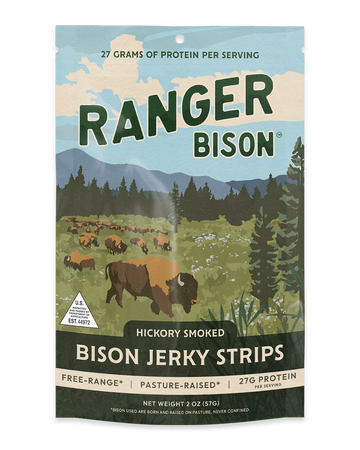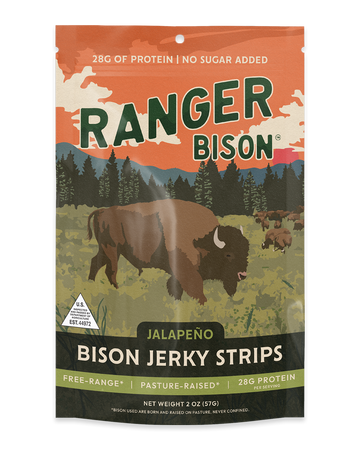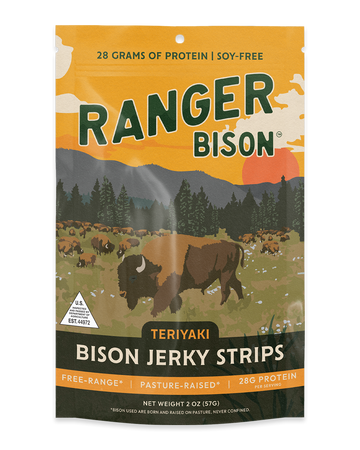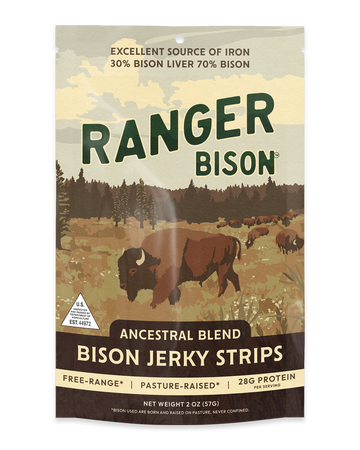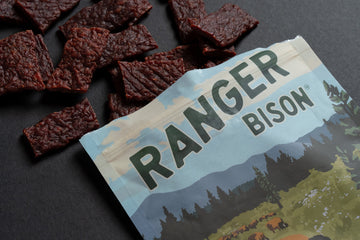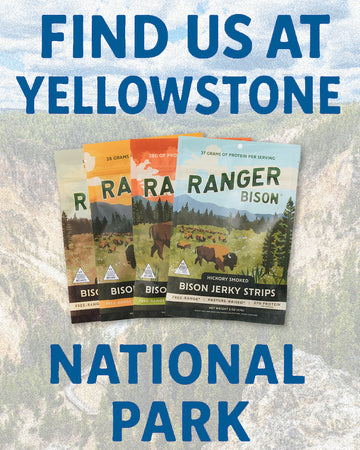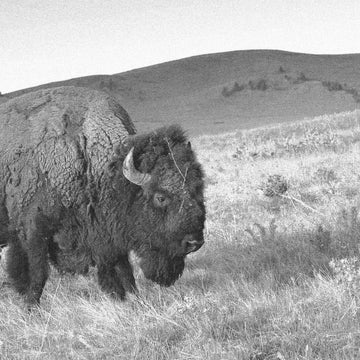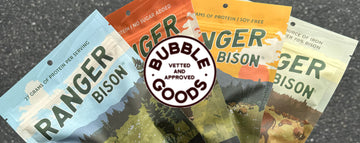Before refrigeration, there was jerky.
For thousands of years, people have needed a way to preserve meat for the long haul—whether for survival, trade, travel, or just practicality. Drying meat was one of the earliest and most effective solutions. From the Andes Mountains to the African plains, nearly every culture developed its own version of preserved protein. Jerky is ancient technology—and it’s still around because it works.
What Problem Were They Solving?
Meat spoils fast. And when you live in a world without ice machines or freezers, that’s a big problem. Drying meat removes moisture, which bacteria need to grow. Add a little salt, smoke, or sun, and you’ve got something that can last for weeks or months—something you can pack, carry, and rely on when fresh food isn’t an option.
How Different Cultures Approached It
- Inca Empire (South America): The Quechua word ch’arki—where we get the word “jerky”—described strips of alpaca or llama meat salted and dried in the cold, dry air of the Andes.
- Native American tribes: Many tribes made a version of jerky from bison, elk, or deer. Some mixed the dried meat with rendered fat and berries to make pemmican, an ultra-dense survival food.
- Africa: Biltong, popular in Southern Africa, is a cured and dried meat made with vinegar, spices, and time—not heat.
- Asia: Chinese and Thai cultures developed their own variations of dried pork, beef, or fish—often flavored with soy, sugar, or spice.
- Europe: From Italian bresaola to German landjäger, Europeans have long been drying meat with salt, herbs, and smoke.
Different methods, same goal: preserve the harvest and make good meat last.
Why Is Jerky Still So Popular Today?
Because we still need good food that can travel with us—on road trips, hikes, and busy on-the-go days. Oftentimes the food that we can find readily available outside of the home is not nearly as good as the food we can make when we're in out own kitchen. But today, we’re not just looking for shelf life. We want food that’s clean, high in protein, and actually tastes good.
At Ranger Bison, we’re leaning into the old wisdom of drying meat, while applying modern standards to what goes into it. No fillers. No mystery meat. Just grass-fed bison, real spices, and a time-tested method that’s been keeping people fed for centuries.
Why Did WE Start Making Jerky?
For the same reason as the cultures mentioned above—to preserve high-quality meat to be enjoyed over a longer timeframe. I lost my personal meat freezer not once, but twice! All that high-quality, hard-earned meat went to ruin because the chest freezer got unplugged. Converting it into jerky became a hedge against that happening again—which got us more and more interested in making a cleaner, easier-eating jerky that wasn't packed with endless fillers and sugars. If your jerky tastes like meat candy, it probably is.
So we started Ranger Bison as a way to celebrate and support an animal that we love (the Bison) with a product that celebrates and supports our customers and their quest for a higher quality meat snack (that's you).
So in the Summer of 2023, after a couple years of recipe testing in our home kitchen, we launched Ranger Bison at our local Farmer's Market. We passed out free samples and the immediate feedback was "this jerky tastes so clean" and we knew we were onto something.
We have been passionate about bison jerky every since. By the Summer of 2025, our jerky was available in some of the best specialty grocers in the Pacific Northwest, as well as hotels, gift shops, coffee shops, boutiques.... and even Yellowstone National Park! Our work is far from over and our resolve is strong.

